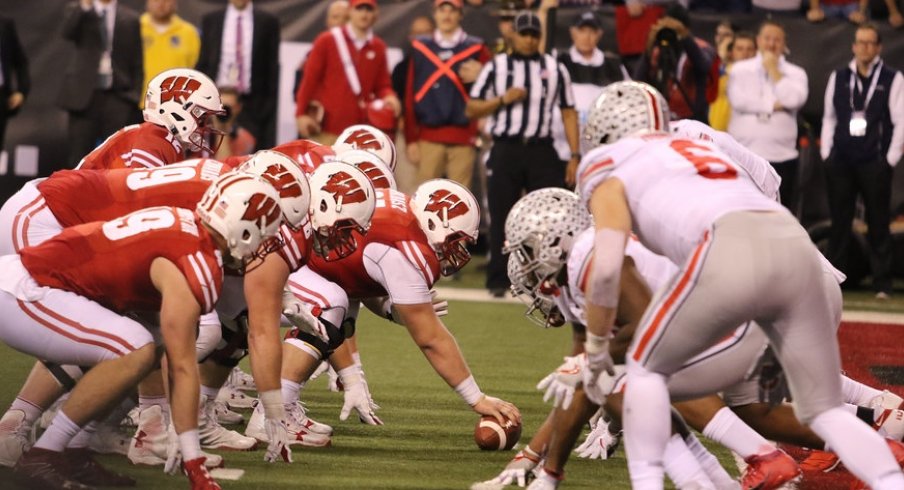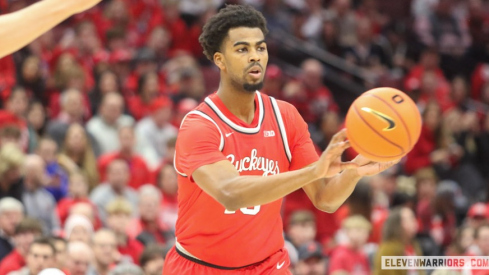Paul Chryst doesn't get enough credit.
After taking over the University of Wisconsin offense in 2005, Chryst saw the Badger program quickly reached new heights. The 2005 team set school records for both scoring average (34.3 ppg) and for points scored in a season (446) while breaking the 40-point mark six times that fall as the team went 10-3 in Barry Alvarez's final season on the sidelines.
Under Bret Bielema, Chryst was often the steadying force in a program that churned out 1,000-yard rushers one after another, as the Badgers eventually reached consecutive Rose Bowls in 2010 and 2011. Chryst was finally recognized for his efforts at that time, earning a place among the finalists for the Broyles Award and taking the head coaching job at Pitt following the 2011 campaign.
While others tried to imitate his style in the three seasons he spent in Pittsburgh, it was obvious that the Badgers weren't quite the same team without him. Upon his return home in 2015, that quickly changed, as the Wisconsin program once again became one of the most feared offenses in the nation.
Last fall, despite finishing with a record of 8-5 thanks largely to a defense that took a big step back after leading the conference in total defense the year prior, Wisconsin quietly had one of the most efficient offenses in the country. Led by sophomore Jonathan Taylor's 2,194 yards on the ground, the Badgers finished 16th in the country with an average of 6.4 yards-per-play offensively, only a few spots behind Ohio State's 6.63.
While Chryst must replace Alex Hornibrook this fall after the senior quarterback decided to spend to his final season of eligibility at Florida State, Taylor returns as the focal point of the offense in Madison. Additionally, four starters on the offensive line departed from last year's unit, but center Tyler Biadasz returned instead of leaving early for the NFL while junior left tackle Cole Van Lanen looks like a potential star, making their October 26th matchup with Ohio State one of the most anticipated games of the year in Columbus.
Though they've never been a darling of the statistics crowd, the Badgers have struck fear in the hearts of opposing defenses for well over a decade, thanks to their impeccably taught wide zone run scheme. Made famous by Alex Gibbs of the Denver Broncos in the 1990s, this play asks the entire offensive line to step laterally in the same direction while the back looks to patiently read the action in front of him to find a hole.
Virtually every team in American runs some version of this play, also known as outside zone or Stretch, but the Badgers are masters of the scheme. Chryst and his staff have taught it so well for so long that their players are able to make minor adjustments on the fly to account for virtually any look a defense might throw at them to slow it down, such as pulling the center around in the pin-&-pull scheme seen below:
But to think Chryst's team is caught in the past would be a fool's errand. Though they're more than happy to line up in the I-formation with two tight ends, they're also just as willing to run their wide zone from the shotgun with 11 personnel.
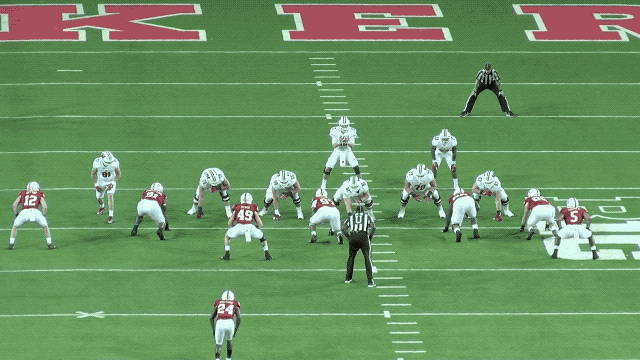
Their change-up to the wide zone has long been the counter play, often with the backside guard and tight end pulling back around to the weak side. But like many other teams across the country, the Badgers have pulled in the GT counter scheme made popular by Oklahoma, and aren't afraid to add an option element to the play.
Having five enormous offensive linemen and a special back like Taylor will make nearly any scheme successful, but Chryst's system is far more deceiving than most people think. Though the Badgers are one of the slowest teams in the nation in terms of pace, running just 875 offensive plays last fall compared Ohio State's nation-high of 1,131, they employ a great deal of pre-snap movement and misdirection which force defenses into disorganization and mistakes.
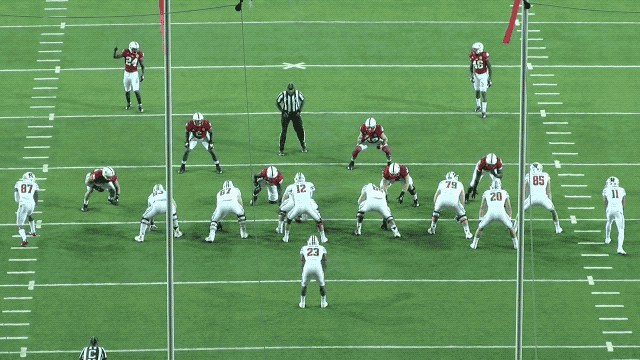
They also use their wide zone schemes to set up play-action. Though they had trouble finding success on the ground against the Buckeyes in the 2017 Big Ten championship game, the Badgers were able to break some big gains by catching OSU linebackers overplaying the run and letting their pass coverage responsibilities go to the wayside.

Chryst also does a good job of applying well-known spread schemes to his personnel, such as adapting the Mesh concept seen so often from the Buckeyes' speedy receivers to his dual-tight end sets.
The Badgers also incorporate a diverse collection of screens in every game plan. There are quick-hitting wide receiver screens, delayed screens to the running backs, and even screens to the tight end that use a defense's aggressive tactics against themselves.
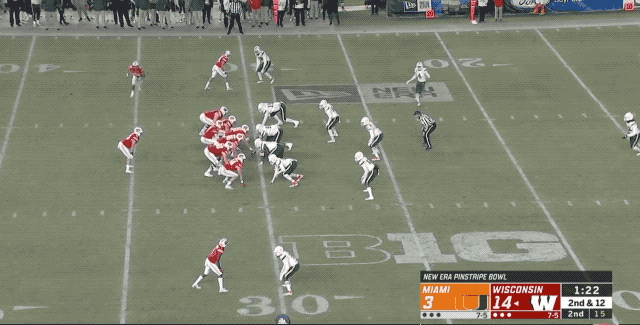
But the bugaboo for Wisconsin's offense has long been 3rd-&-long, and last fall they converted just 17 first downs through the air on 3rd-&-7 or further. There are many opinions about why they've struggled, though it's clear that the issues have more to do with talent and execution than scheme.
As Chryst and his staff showed in their 35-3 Pinstripe Bowl decimation of what had been a solid Miami Hurricane defense, they knew how to identify and install route concepts that found the seams in the 'Canes' single-high safety defense.

For the Buckeyes to make it seven straight victories over the Badgers, they'll have to continue to win individual battles up front and bottle up Taylor before he can find an open hole. Nick Bosa, Dre'Mont Jones, and the rest of the Rushmen made play after play in Lucas Oil Stadium the last time these two teams met, and it will take more than Chase Young to replicate that performance come October as the Badgers excel at many of the things that have given Ohio State trouble over the past two years.
While the Badgers replace have important pieces to replace from a team that many overlooked last fall, they return their two most important pieces: perhaps the greatest rusher in school history and the man who knows how to utilize his talents best.
